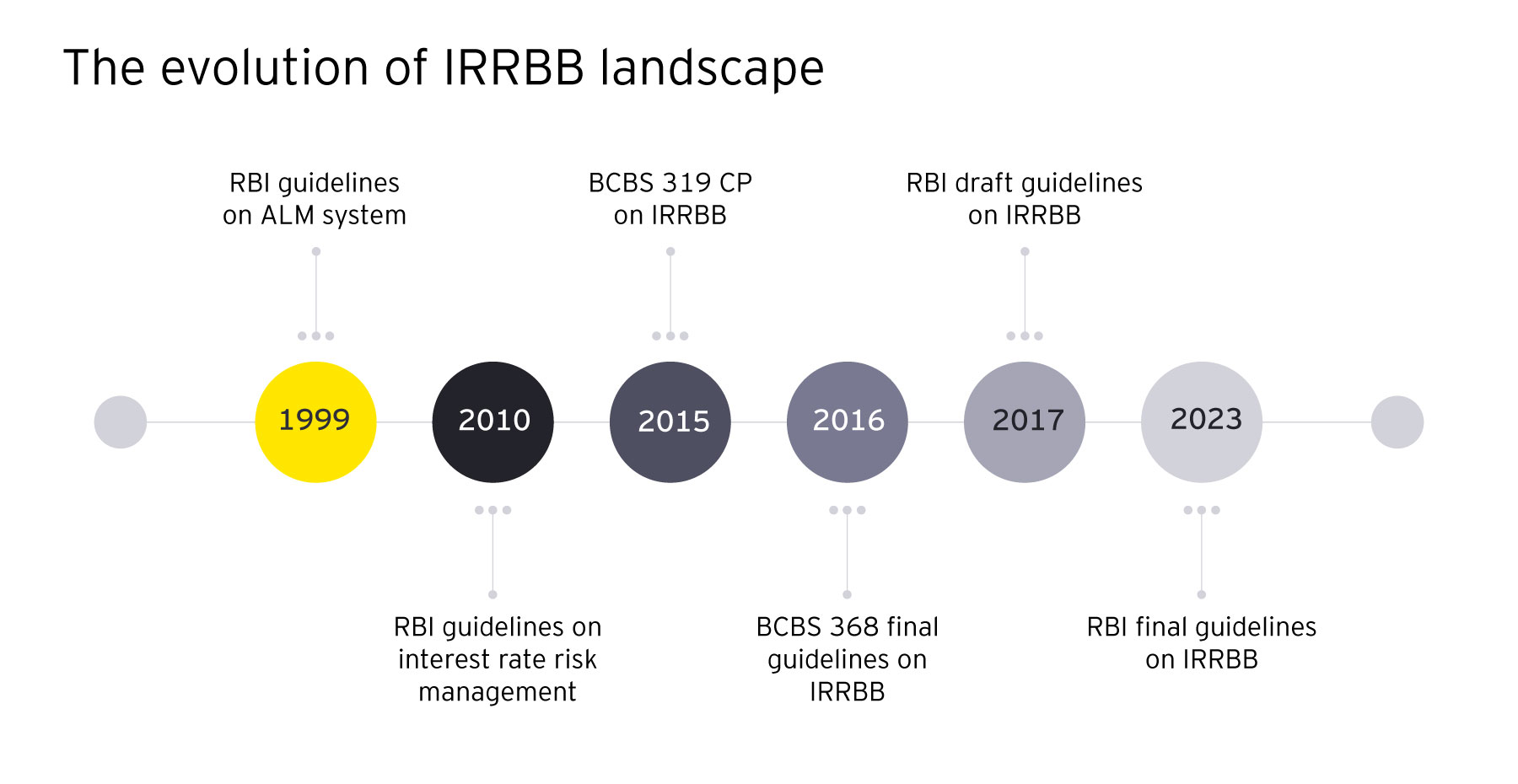Banks should approach the latest guidance with the intent of developing a robust and strategic framework for balance sheet management over a long term. Accordingly, they may consider the following:
Book separation: Banks must undertake a clinical process to capture only their banking book exposures for IRRBB measurement and management. The boundaries between the banking and trading books, the extent, and restrictions on moving instruments across regulatory books are provided in the draft guidelines. While banks are expected to follow the existing guidelines for book segregation as of now, they would need to revisit this classification in light of the new guidelines again in the future. The delineation between banking book and trading book should be clear.
Data granularity: Banks will need to evaluate their existing data management and governance framework to ensure they are able to provision and store appropriately granular historical data including contractual maturity, associated optionality, early maturity dates, other attributes as required for behavioral modeling etc., while also meeting expected data quality requirements.
NII stabilization: IRRBB can be used to achieve Bank’s Board of Directors (BoD) targeted Net Interest Income (NII) stabilization. This should be mapped according to an optimal level of NII required to achieve an expected interest rate outlook over the next one to two years. Furthermore, residual interest rate risk can be hedged by using interest rate swaps (IRS) or other derivative instruments.
Measurement approach: Banks may adopt standardized approach (SA) in accordance with the directive from RBI. The SA technique is expected to assist banks with benchmarking their internal models. Basel standard and revised RBI guidelines expect IRRBB to be measured across three risk types — gap, basis, and options. Banks would need to attribute and identify how each risk type is contributing to a bank’s interest rate risk.
Model validation: Banks should ensure that any existing IRRBB models are identified and validated in line with the firm’s risk management policy. New model requirements or their enhancements should be inventoried and mitigating actions, until such models are in production, should be identified and implemented. Their integration with bank’s IRRBB framework is expected to capture deposit repricing and early redemption, prepayment of assets and other optionality. This will need stronger scrutiny and validation support on an ongoing basis.
Contributors: Abhijit Pingle, Partner, Business Consulting.



